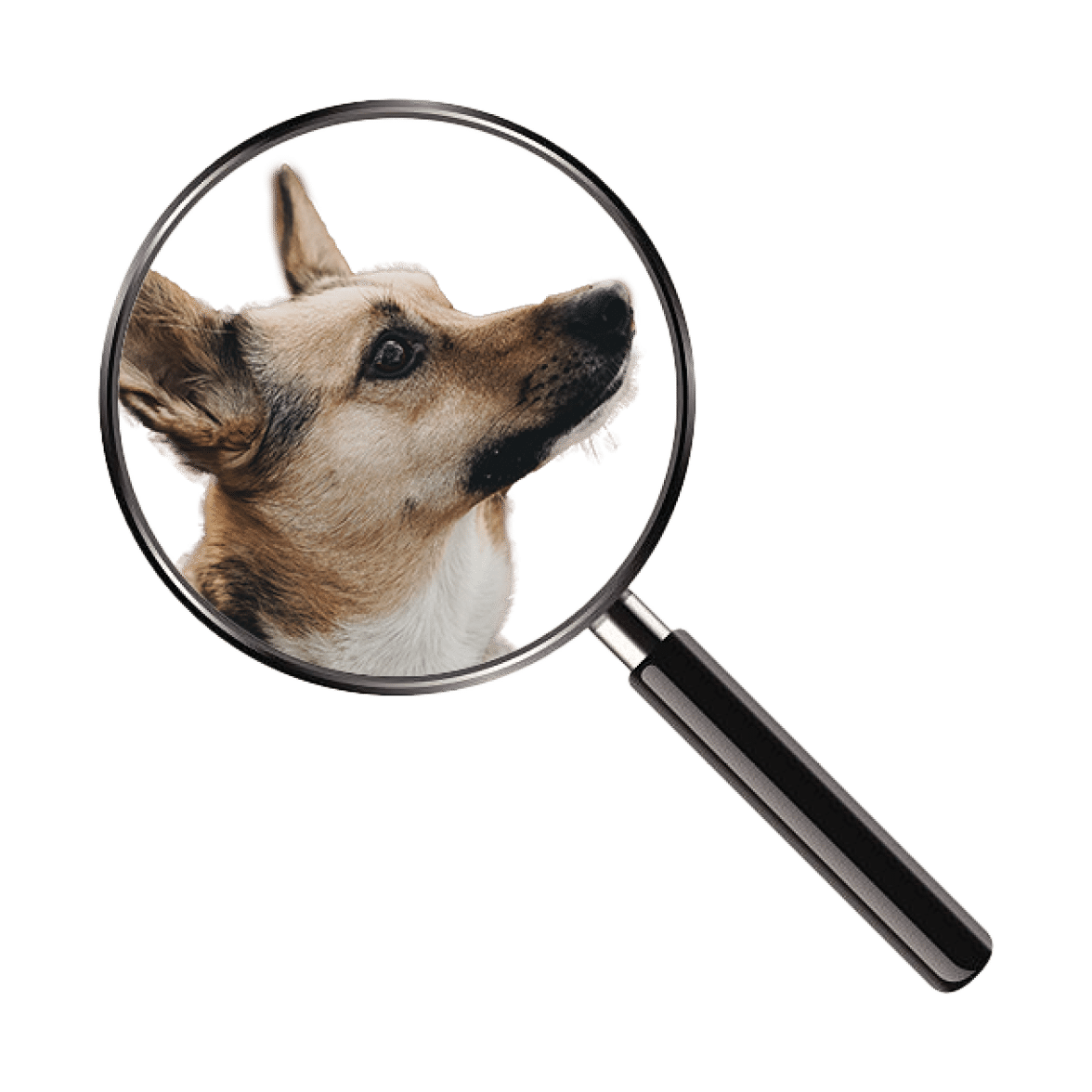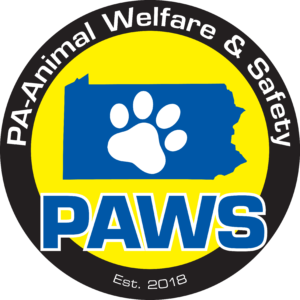Dog Warden(s) will show up to the kennel address and should be easily identifiable by the following:
* Dog Wardens wear a uniform (gray and black) with patches that say Dog Law Enforcement.
* Wardens should be wearing shoe covers on their feet during an inspection and will follow any bio-security measures set forth by the owner.
* All Dog Wardens and Dept. of Agriculture Staff have Commonwealth ID badges.
* They drive marked vehicles, with blue PA state plates.
* They will go up to the door and ask for the kennel owner to begin an inspection.
* If the kennel owner is not home and no one is available to conduct an inspection with the wardens, they will leave.
* If multiple attempts have been made the Warden will leave a notice that says the kennel owner has 36 hours to permit an inspection.
The kennel inspection:
* The Wardens will look to see that you have your kennel license hanging or visible.
* Verify that the kennel has either a fire extinguisher or smoke alarm.
* They will walk through the kennel facility and count all dogs – separating the numbers by adult (over 12 weeks) and puppy (under 12 weeks).
* They will photograph the conditions of the kennel, dogs, and records regardless of whether the inspection is satisfactory.
As they are inspecting the facility they will check(This does not include commercial kennel standards/requirements):
* Food, food bowls, water bowls – to make sure that they are clean and in good repair.
• In food bowls – look for feces, caked feed, bugs.
• The bowls – make sure they are not chewed or broken.
• Water – must be free of hair and dirt particles.
* Maintenance of the kennels – to make sure nothing can cause injury to the dogs.
• Broken wires, sharp edges, chewed edges, rust, and any wood that is not sealed is considered a hazard.
* Sanitation and pest control – to make sure that the kennels are clean and free of debris.
• Feces is cleaned up daily.
• Kennels are being cleaned daily, more if needed.
• Ensure that you have a good pest control program and that there are no visible sign of rodents (droppings etc.)
• No extra clutter in kennel areas that could contribute to rodent infestation.
* Shelter/Temperature – ensure that the dogs are comfortable even during unusually warm or cold weather.
* Cage Sizes – exceeding minimum requirements and not causing any discomfort to the dog.
• Ensure that dogs have at least 6 inches of head clearance from top of the dog cage.
• Ensure that dogs have enough room to move about freely in their enclosure.
• Utilize the Bureau of Dog Law Enforcements size chart to ensure you are complying.
* Condition of the dogs – each dog is looked at for general grooming and obvious health concerns such as eyes, skin, nails.
• Ensure you are looking at each of your dog’s daily as you are cleaning, feeding, working in the kennel.
• Ensure the dogs are groomed regularly including nails and coat.
• If a dog is under veterinary care, they will want to see proof of it in your kennel records.
* Rabies – all dogs over 16 weeks of age must have a current rabies vaccination.
• Initial rabies vaccination is only good for one year; the dog will need to be re-vaccinated.
• If giving your own rabies vaccinations they will need to see current vaccination records








